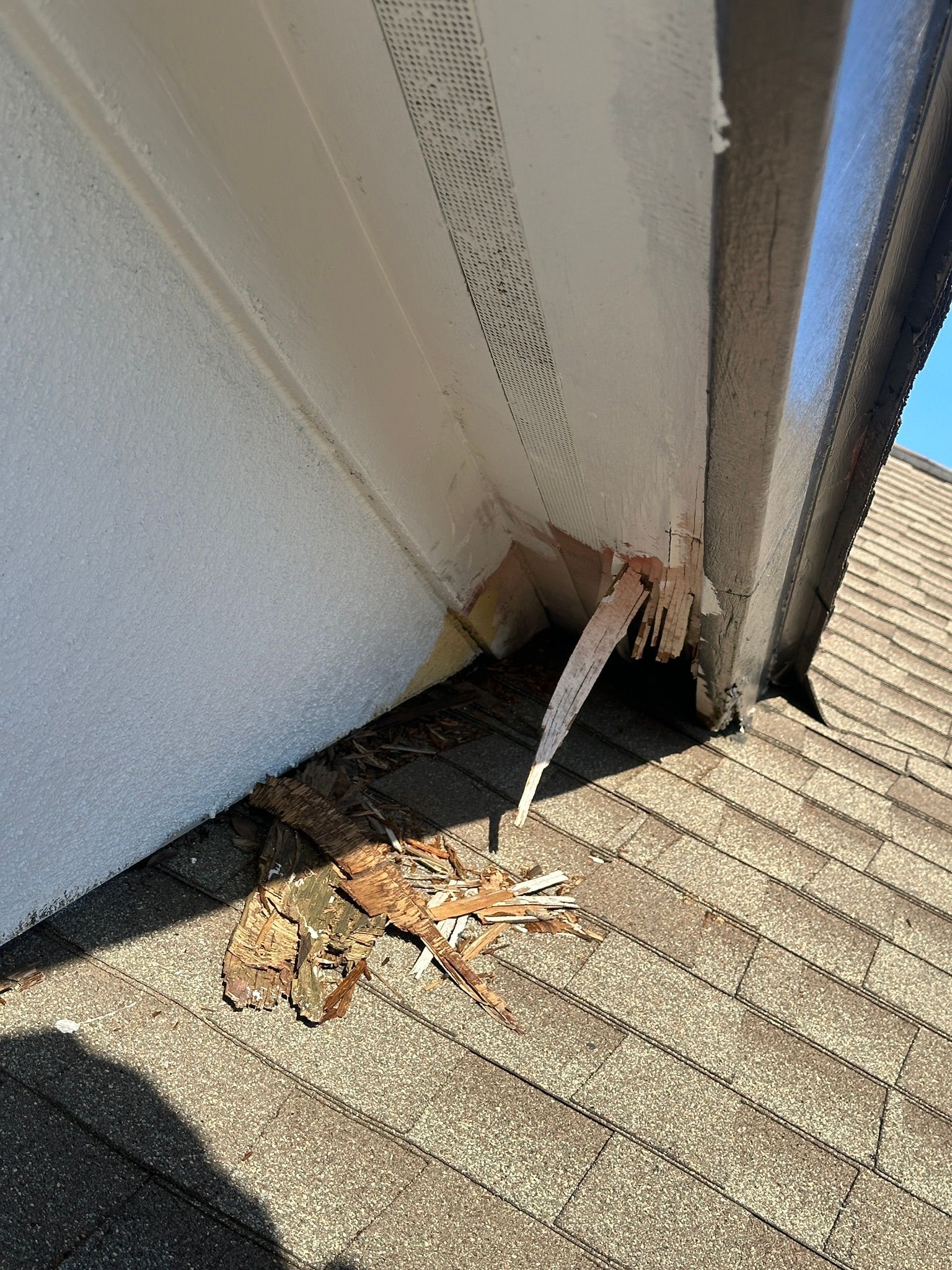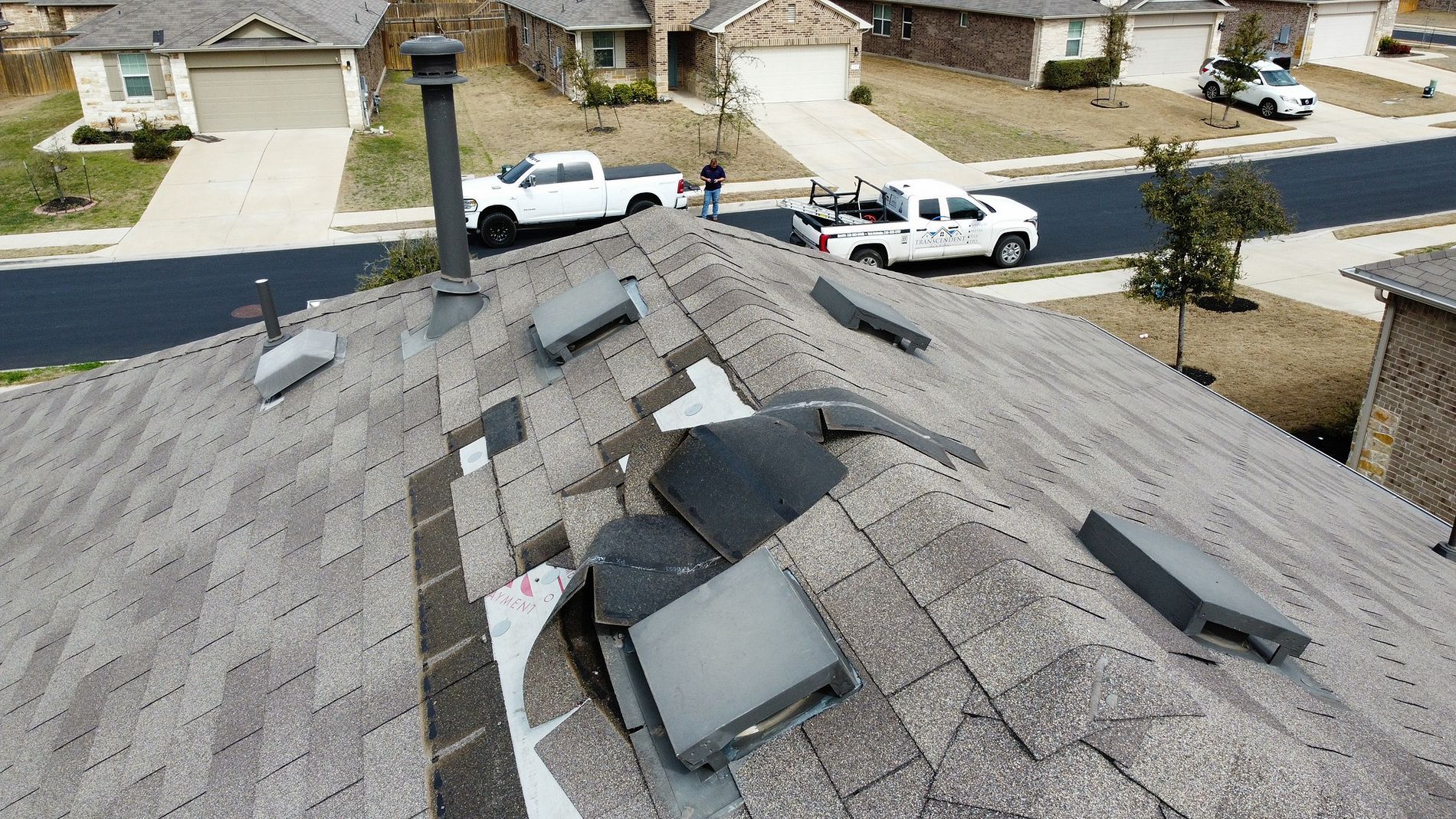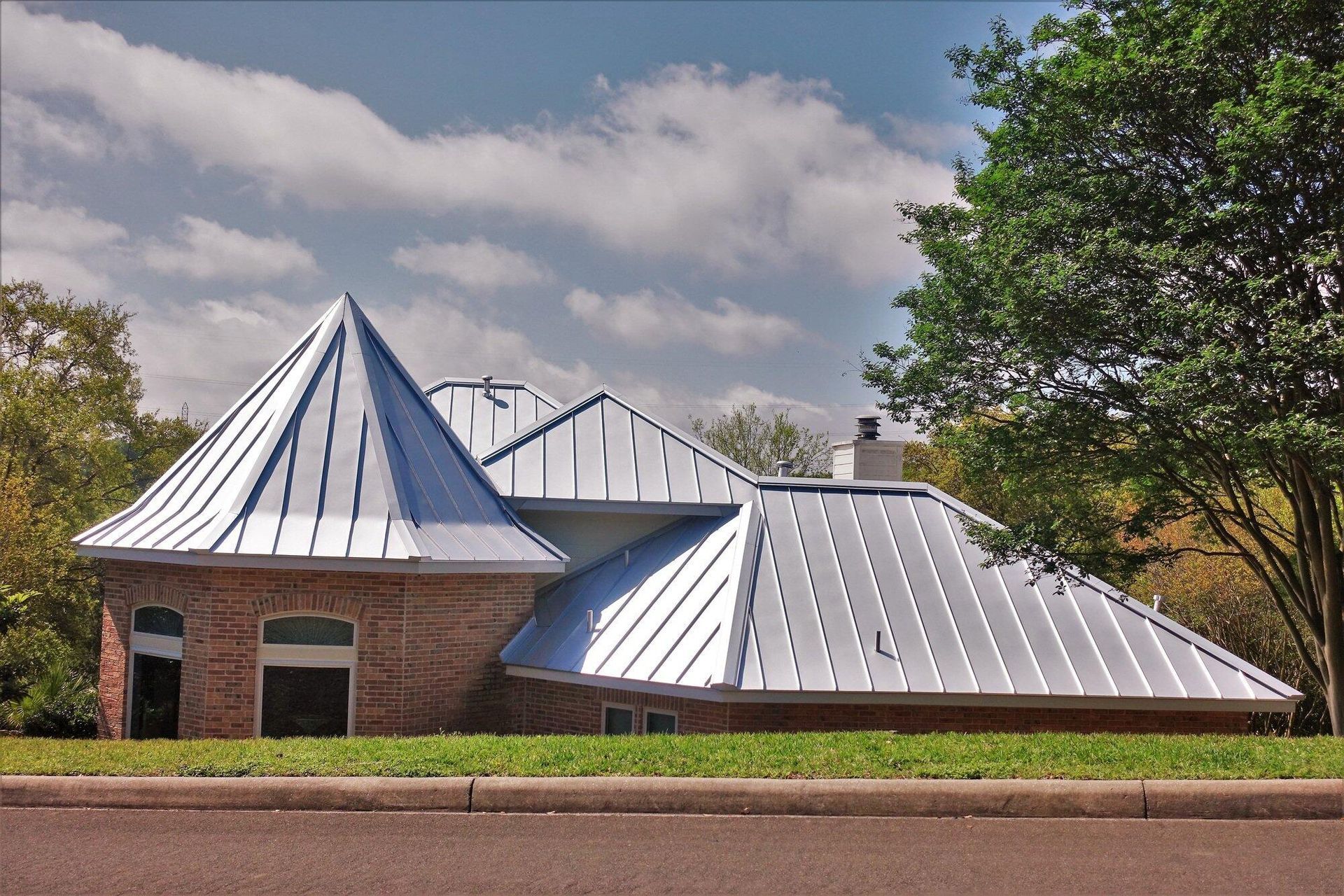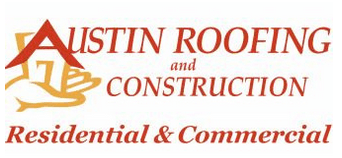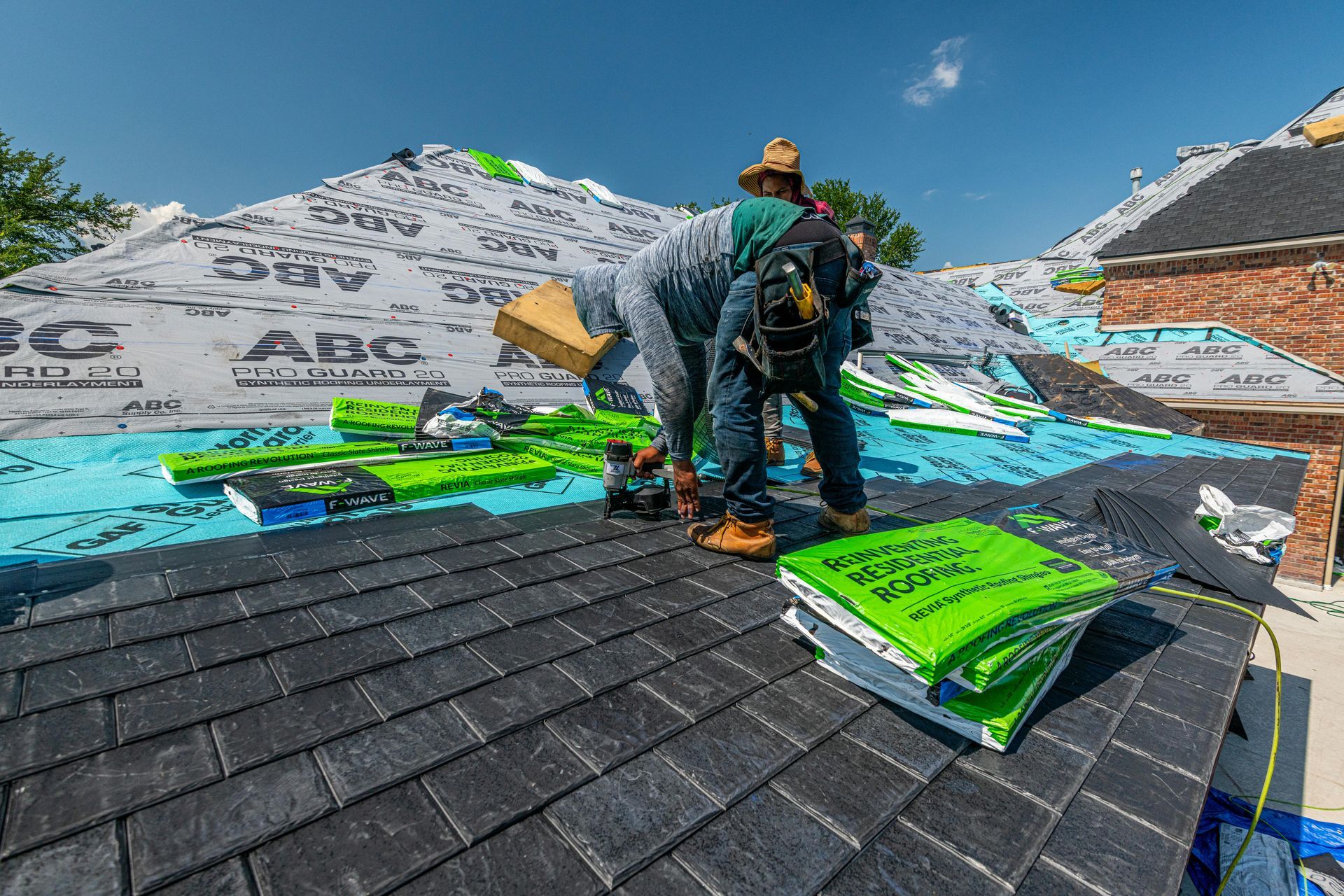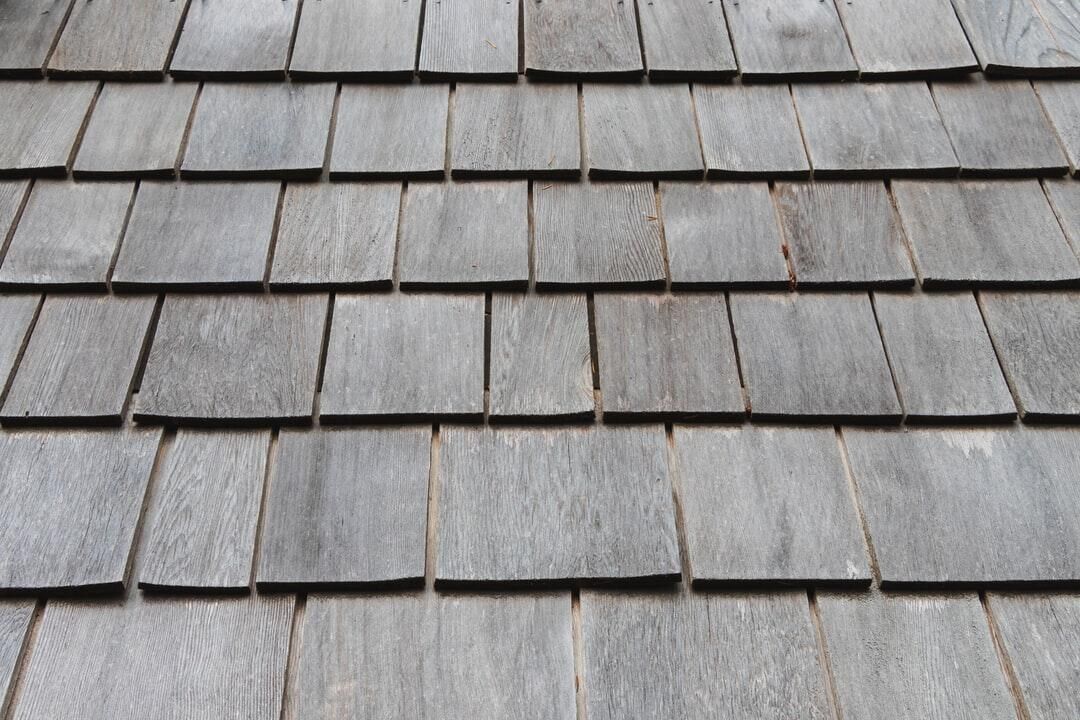10 Steps Towards Smart Roof Financing
If you do need a new roof and roof financing to make that happen, we strongly suggest you follow the steps below in an effort to spend as little as you can on a great addition to your home.

YOUR ROOFING COMPANY SHOULD OFFER FINANCING - BUT BEFORE YOU CALL ONE...
1. Assess Your Situation
Before you start calling roofers and getting estimates, it's important to calibrate your expectations and assess your needs. The three primary factors that determine the cost of a new roof are the size and complexity of your existing roof, your geographic location, and the material you choose for your new roof. If you have a large home, live far from a metropolitan area, or want a Spanish-style roof, you can expect to pay more, although local companies can often find cost-effective solutions in a wide variety of circumstances.
Additionally, you may be replacing your roof for a specific purpose, in which case you should make sure you know exactly how to relate your problem to a potential roofer and ensure that problem is resolved.
2. Shop Around
As you may have assumed, it is best to get more than one or two estimates before you make a decision about which roofer to hire. Fortunately, most roofers, such as Austin Roofing and Construction, will be happy to come out to your home and provide an estimate for free. Therefore, you should have no problem getting a few different perspectives on what exactly your roof will require.
You may be tempted to go with the lowest available estimate after a search through the roofers available in your area. This is rarely the best idea. Lower estimates are often an indication that the actual price will be higher: low-balling the cost of materials is a standard practice among contractors who want to bait customers into a commitment. Instead, prefer the potential roofer who is most transparent with you about potential roadblocks and costs. It will likely save you money.
Want a roof replacement estimate in under 2 minutes?
CLICK HERE
https://www.austinroofingandconstruction.com/roof-pricing
3. Check In With Your Insurance Company
Frankly, this step is a bit of long-shot, but, given the potential return, it is worth a phone call. Most homeowner's insurance plans will pay for a repair to your roof in the event of an unexpected leak that jeopardizes the value of your home, but not for a new roof altogether. For some, however, homeowner's insurance policies are a bit more helpful.
Understanding Insurance Coverage
Insurance claims for roof replacements can be tricky. If the source of the damage is obvious—such as a tree falling through your roof—your chances of a successful claim increase significantly. In these situations, it's crucial to take every step possible to ensure your insurance company covers the repair or replacement costs.
However, claims become more challenging when the damage is less apparent. Insurance companies often deny claims for roofs that have deteriorated over time due to normal "wear and tear," as most policies do not cover this. Insurers may cite the roof’s age or lack of maintenance as reasons for denial.
Some insurers, especially those operating in storm-prone areas, might see the advantage in subsidizing your roof, as it ultimately safeguards their investment in your home's durability. At the very least, you should check. Even if you don't receive a direct contribution from your insurance company, a new roof might still offer benefits. Many insurers will lower your monthly premiums when they know your home is safe beneath a new, high-quality roof.
Taking Action
If you suspect you might be eligible for insurance coverage for your roofing project, reach out to your insurance agent directly to discuss a potential claim. Keep in mind, if the damage cause isn’t clear-cut, you may face denial. Still, exploring this option could lead to unexpected savings or benefits in your insurance terms.
Challenges When Filing an Insurance Claim for Roof Damage
Filing an insurance claim for roof damage can present several hurdles. Understanding these challenges can help you prepare and increase the likelihood of a successful claim.
Identifying the Cause
One major difficulty is establishing the cause of damage. If the cause is clear-cut, such as a tree falling onto your roof during a storm, your claim is more straightforward. Insurers are more likely to cover such incidents as they classify under sudden and accidental damage.
Subtle Damages
However, problems arise when the damage is less obvious. This includes issues like small leaks or structural wear, which develop gradually. Since many policies exclude "wear and tear," securing coverage for these types of damage becomes complicated. Insurance companies often attribute these to aging or inadequate maintenance, leading to claim denial.
Age and Maintenance Factors
Another frequent roadblock is the age of your roof. Insurers, like Geico, Allstate, or Metlife, may cite the old age of roofing materials or insufficient maintenance as reasons to deny claims. This is particularly true if the roof has reached or exceeded its expected lifespan. Documentation of regular inspections and maintenance can be crucial here.
Navigating Denials
If you believe you're eligible for a claim, it's imperative to engage your insurance agent early. Even so, be aware that unless the cause of damage is explicitly covered under your policy, you might still face denial.
Understanding these challenges and preparing accordingly can help navigate the complexities of insurance claims for roof damage.
4. Put Aside As Much Cash as You Can
Once you have a realistic view of your needs, a few estimates in mind, and any possible contribution from your insurance company forthcoming, you can conduct a more thorough assessment of your own finances. As a general rule, you should try to pay in cash if that is possible for you. This practice saves you a lot of money in interest in the long-term, even though paying upfront can pinch your finances for a few months.
If you have a comfortable amount of cash available, paying in full is the simplest route. It ensures that once the payment is made, you’re free from future financial obligations related to the project.
However, if paying in cash is not feasible, consider these options:
- Home Equity Loan: If you have adequate home equity, securing a loan from a trusted lender can be a cost-effective choice. This option is beneficial if you're okay with using your house as collateral. It typically offers lower interest rates compared to other financing methods.
- Roofing Company Financing: If neither cash nor home equity loans are suitable, financing directly with the roofing company can be a practical alternative. Many companies offer competitive rates and flexible terms, especially if they provided the best estimate for your needs.
Even if you can't pay for your roof out-of-pocket, you should try to put as much down as you can in advance. In tandem with smart roof financing options, a large down-payment will leave you exposed to as little additional expense as is possible.
5. Working With a Trusted Roofer
If you are struggling to find a lender willing to finance your new roof, don't worry. You can always just ask whichever roofing company you end up employing. Roofing companies often have pre-existing relationships with lenders familiar with that company's operation. Your roofer may be able to suggest lenders they have worked with before. Often, the roofing company will handle the administrative burden of financing if you work with them.
How to Evaluate Roofing Companies Offering Payment Plans
Finding a reliable roofing company that provides flexible payment options can be a daunting task. To ensure you're making a smart choice, follow these crucial steps:
- Research and Compare
Start by gathering a list of potential companies and dig into their reputations. Look for online reviews on platforms like Better Business Bureau and Yelp. Pay attention to complaints or red flags such as incomplete projects or hidden fees.
- Request Detailed Quotes
A comprehensive quote should break down costs clearly, covering labor, materials, and any additional fees. Beware of companies that promise vague pricing or evade direct questions about the financial specifics.
- Evaluate the Payment Plans
Understanding the terms of the payment plan is key. Clarify the interest rates, repayment terms, and total cost over time. It’s essential to determine if there are penalties for early repayment.
- Seek Transparency and Communication
A reputable company should explain all aspects of the loan agreement and the project scope transparently. If they hesitate or omit details, consider it a warning sign.
- Check for Certifications and Insurance
Verify that the company holds up-to-date licensing and insurance. Certifications from industry bodies, like GAF or CertainTeed, can signify quality and credibility.
- Conduct Personal Consultations
Engage in discussions with potential contractors. A face-to-face meeting or a detailed virtual consultation can provide insights into their professionalism and readiness to answer questions.
Remember, the key to securing the best payment plan for your roof replacement is to collect multiple quotes and thoroughly assess each option. Taking these steps ensures you choose a company that not only meets your financial needs but also delivers quality service.
6. Bundle the Services You Finance
Many companies that roof houses also provide other construction services. If you have to finance your roof anyway, it may be wise to have the same company remodel or repair whatever else is ailing your house. By having the same company perform all the relevant tasks around your home, you can cover all the larger expenses through one loan, often acquired through the company performing the services.
Including all necessary construction in one loan decreases the amount you will ultimately owe in two different ways. First of all, your principle will likely decrease. If you do a roof, a kitchen remodel, and a new bathroom, the company may take a little of the sticker price. Furthermore, if one loan covers everything, you are not subject to the additional administrative fees associated with multiple loans.
7. Home Equity Loans & Refinancing Options
Leveraging the equity you hold in your home for the sake of improving that home, and thereby increasing the resale value, is a great way to finance your new roof without causing a disruption in your short-term financing. The rates on home equity loans are extremely favorable and you can generally secure one with minimal hassle from the same bank you got your mortgage from.
Refinancing is slightly different than taking a home equity loan, but both strategies use the amount you have already invested in your home to improve your home. When you refinance, you essentially replace your old mortgage with a new one while pocketing the money you have accrued by paying against the principle of your loan with your monthly mortgage payments.
How to Calculate Your Available Home Equity for a Loan
Understanding how much home equity you have can help you determine if you qualify for a home equity loan and how much you may be able to borrow. Here’s a step-by-step guide to calculating your available home equity.
Step 1: Determine Your Home’s Current Market Value
Start by finding the current market value of your home. This can be done through a professional appraisal, an online valuation tool, or by comparing recent sale prices of similar homes in your neighborhood.
Step 2: Identify the Remaining Mortgage Balance
Next, check your latest mortgage statement to find out how much you still owe on your home. This number is crucial in determining how much equity you've built up.
Step 3: Calculate Your Home Equity
Subtract your remaining mortgage balance from your home's current market value. This difference represents your equity in the home.
Step 4: Calculate Your Borrowable Equity
To obtain your borrowable equity, you can only take out a loan on up to 85% of your home’s equity by law. Use the following formula:
- Home Value - Mortgage Balance = Home Equity
- Home Equity x 0.85 = Borrowable Equity
Example:
- If your home is valued at $400,000 and your mortgage balance is $350,000:
- Home Equity = $400,000 - $350,000 = $50,000
- Borrowable Equity = $50,000 x 0.85 = $42,500
Thus, you may potentially secure up to $42,500 in a home equity loan. Always check with your financial institution for specific terms and interest rates to explore the best options available to you.
8. Personal Loans
Personal loans are often a strong roof financing option for new homeowners or those with little equity in their current home for other, ancillary reasons. If your credit is good and you can easily substantiate regular income on a loan application, personal loans shouldn't be too hard to find. As you would with potential roofers, shop around a bit and find a deal. Credit unions are particularly good at finding great rates on personal loans for their members.
The reason we put personal loans beneath home equity loans on our list is based strictly on interest rates. Because a home equity loan is secured by your home, the interest rates are much lower as the bank has property to guarantee the value of the loan. On the other hand, most personal loans are granted as unsecured debt, there is no collateral, so the bank charges more in interest to protect against default.
Key Factors in Choosing a Personal Loan for Roofing
When planning to finance your roofing project with a personal loan, several crucial factors demand your attention. Here’s a concise guide to ensure you make the best choice:
1. Loan Terms
- Duration: Personal loans typically range from short-term (2-6 years) to long-term (15+ years). Shorter loan terms generally result in higher monthly payments but less interest paid over time.
- Interest Rates: These can vary significantly, from as low as 5% to over 20%. Your credit score, income, and overall creditworthiness will heavily influence the rate you're offered.
2. Lender Options
- Shopping Around: Different financial institutions, including banks like Bank of America, Chase, or Wells Fargo, present various offers. It's crucial to compare their terms to find the best fit.
- Local vs. National Lenders: Don’t overlook local banks or credit unions. They may provide personalized service or competitive rates that larger national banks cannot.
3. Fees and Charges
- Hidden Costs: Examine potential fees such as origination fees, prepayment penalties, or other hidden costs that could affect the overall expense of the loan.
4. Pre-approval and Eligibility
- Creditworthiness Assessment: Ensure you understand what factors, like your income and credit score, creditors consider for approval. This knowledge will prepare you for discussions with lenders.
5. Repayment Flexibility
- Adjustment Capability: Consider whether the loan terms allow flexibility in repayment in case your financial situation changes, such as the ability to pay the loan off early without penalties.
Finding the right loan requires a strategic approach. By comparing offerings and understanding these factors, you can secure a loan that best suits your roofing project's needs and your financial situation.
9. FHA Title 1 Loans
At this juncture, many homeowners with financial constraints who don't qualify for most loans begin to feel hopeless. It doesn't have to be so. In fact, the federal government seeks to empower low-income and financially constrained homeowners to improve their dwellings and ultimately increase property values in their neighborhood through the FHA Title 1 loan program.
To qualify for a home improvement loan through the Federal Housing Authority, you must either belong to a certain tax bracket or live in a predetermined portion of your metropolitan area or rural county. These loans offer borrowers very reasonable rates and minimal upfront costs. If you are in a tough spot, this is the best way to fund your new roof.
10. Credit Cards
You should only use a credit card to fund a roof if you have no other options. The interest rates on your credit card balance are simply atrocious: well above what a bank would charge you on a loan of any other variety. However, if you really have no other way to swing it, you can pay as much in cash as possible and have your roofer charge the rest to your credit card. Then, it's up to you to pay absolutely as much as you can scrounge up, especially in the first few months thereafter, to keep your credit limit in check and make sure your credit score doesn't plummet.
Conclusion
Call Austin Roofing and Construction today 512-629-4949. We provide helpful suggestions and can find a way to work with whatever financing option works best for you. Our loans are for 2 to 15 years with low monthly payments. No pre-payment penalties!
We can typically get everyone approved, so give us a call even if you think you're not eligible. You deserve a good roof over your head!


